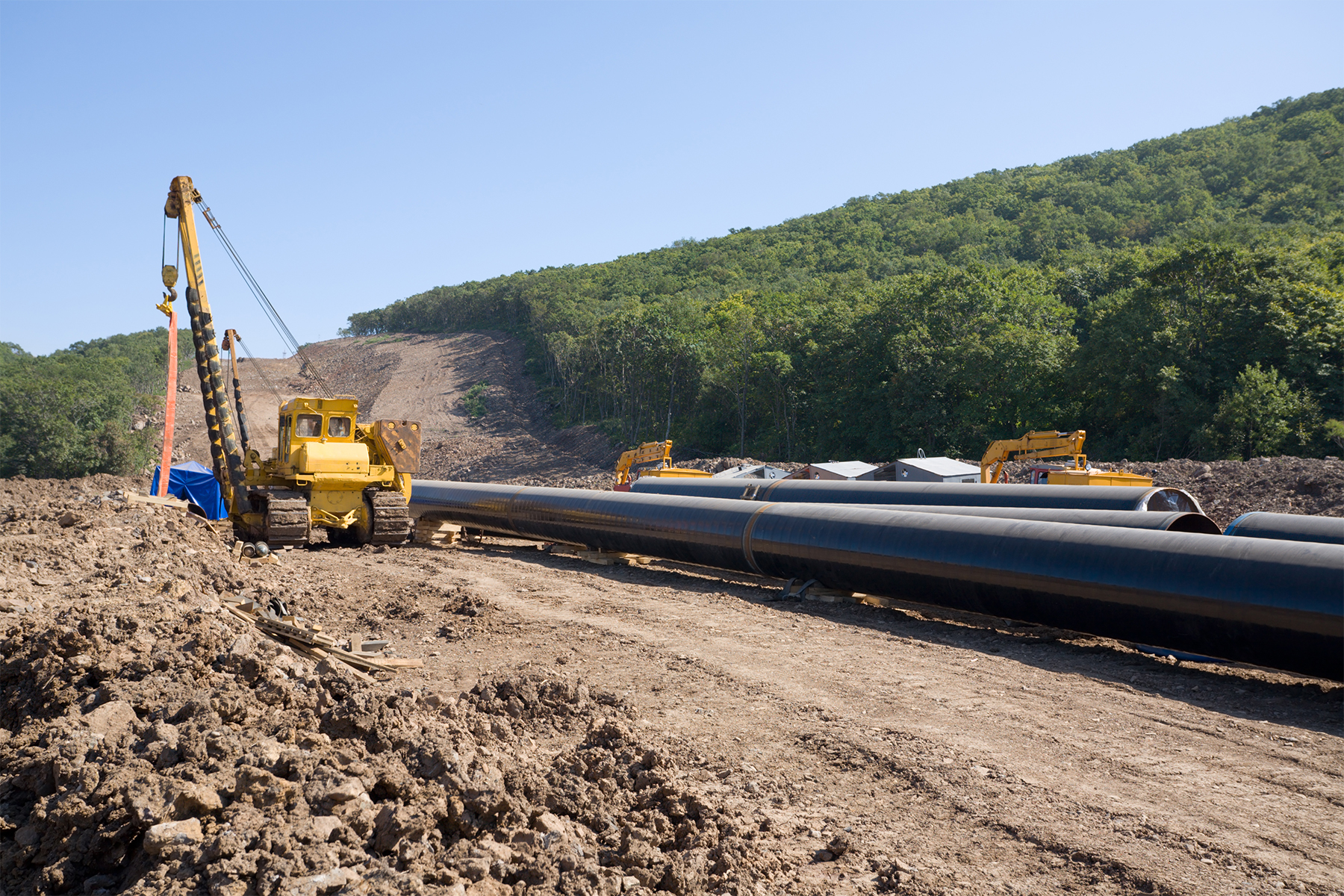In January, the U.S. Energy Information Administration released its Annual Energy Outlook with projections to 2050. The bottom line? EIA expects U.S. energy consumption to increase substantially over the next 30 years.
To meet demand projections like this, the private sector has traditionally taken significant investment risks in order to build more energy capacity for the country. Increasingly, however, those risks appear to be too high for prospective investors to bear. Dominion Energy Inc. and Duke Energy Corp., for example, recently announced they were canceling the proposed $8 billion Atlantic Coast Pipeline (ACP) from West Virginia through Virginia to eastern North Carolina. The utilities cited regulatory uncertainty and litigation risk as key reasons for pulling the plug on the idea. They didn’t say, however, that unlike projections for the rest of the country, eastern North Carolina’s future energy needs unexpectedly and dramatically declined.
It’s fair to acknowledge that the proposed Atlantic Coast Pipeline had challenges right from the start. Building a pipeline across national forest lands was one. Locating compressor stations in predominantly rural, minority and historic communities was another.
All these things taken into account, what lessons can energy planners learn? It shouldn’t be that big energy got beat by environmentalists. That’s not the whole story. Investors with private dollars have to weigh possibilities against probabilities, and sometimes the probabilities aren’t positive enough to outweigh the negatives. It also shouldn’t be that environmental justice has finally arrived and is just now being taken seriously. It is more important than ever, but it isn’t fully honest to say that environmental justice issues have been totally ignored until now.
These half-conclusions typically come in the form of soundbites from those who view energy projects like the ACP as zero-sum games: either good or bad; either winnable by one party or beatable by the other. Zero-sum thinking pushes vexing challenges like meeting energy needs into pyrrhic competitions that typically leave parties exhausted, and gaping questions like how American energy demand in the future will be met, unsolved.
What if we replaced zero-sum thinking with the idea of “adding while subtracting”? Adding while subtracting is the belief that we can imagine solutions capable of adding energy to the grid and adding jobs to the economy while also subtracting carbon from the atmosphere and subtracting potential damage to habitat and communities that comes with massive energy infrastructure projects. The result is a clean energy grid –– and it is achievable. In fact, it’s achievable today.
Solar, wind and other renewables may spring to mind at first, and for good reason, but intermittent generation aside, the land use requirements of utility-scale solar arrays or wind turbine farms are substantial; and we’re just beginning to understand how difficult, from an environmental standpoint, it is to responsibly decommission wind turbine blades and photovoltaic glass once they pass their useful life. That said, there’s no denying that both solar and wind generate electricity at ever-decreasing cost and with few emissions, so have to be part of an add-while-subtract equation.
If we can accept the fact that like solar and wind, there’s no perfect energy, then how about adding an often-overlooked and practical way forward? Propane.
- Propane can be produced close to feedstock sources. It is made by separating it from natural gas or renewably, using waste vegetable and animal oils. The manufacturing operation required to do so creates high quality, permanent jobs. It’s American-made energy helping meet American demand. No trans-continental pipelines needed.
- Once it is made, propane can be easily and safely stored, then transported via truck rather than pipelines –– and today, heavy-duty trucks can even run on low carbon propane with virtually no smog-producing or ozone-harming emissions. No permits required.
- In its unused state, propane creates virtually zero greenhouse gas effect and it never needs to be flared off; it simply vaporizes when exposed to the air. Because it is stored near where it is used, energy isn’t lost in the transfer which is a significant problem for electricity.
Like all energy sources – from nuclear to hydroelectric – propane’s not perfect, but it does represent a very positive step toward a low carbon future.
In 1882, Russell Conwell, pastor of the Grace Baptist Church in Philadelphia and the founder of Temple University, delivered a speech called “Acres of Diamonds.” The central idea of his address was that one need not look elsewhere for the opportunity. The resources we need to serve us, are right here in our own proverbial backyards. We just need to be willing to add while we subtract.
Related News

USDA Crop Progress Report
April 25, 2024
The U.S. Department of Agriculture (USDA) Crop Report as of April 22, 2024, shows promising developments in corn and soybean planting, crucial info...

Webinar: International Market Dynamics in Propane
April 25, 2024
Join NPGA’s insightful webinar on May 16th at 2 pm ET, focusing on the complexities of international propane markets and their impact on the ...

Expo Call for Presentations
April 25, 2024
Submit your idea today! The National Propane Gas Association is now accepting education and fast track session proposals for the 2025 Southeastern ...

